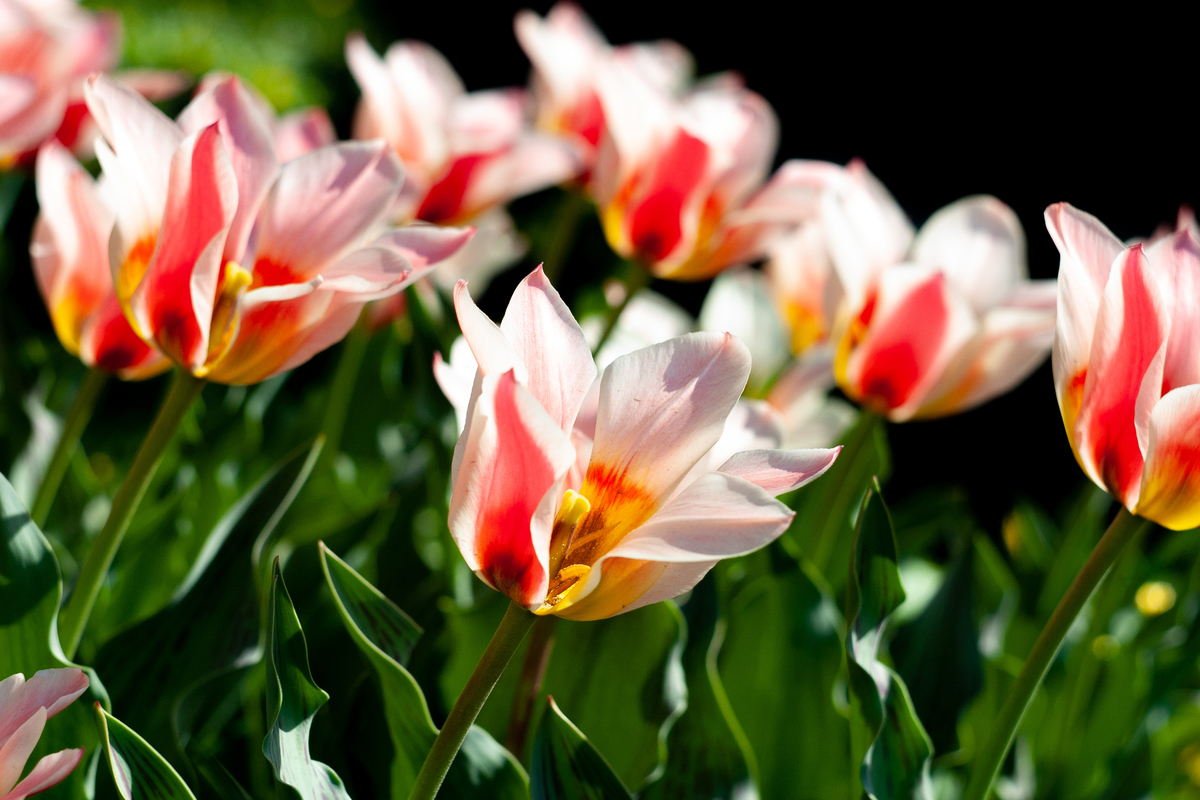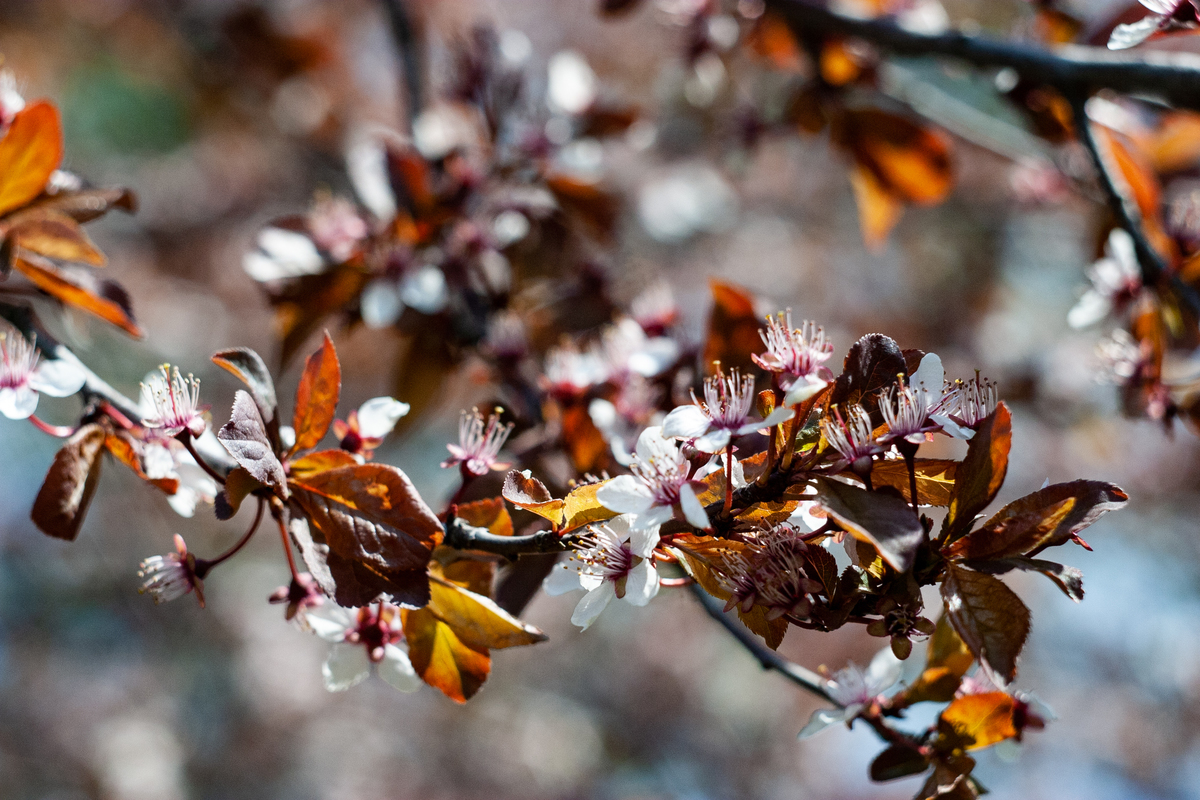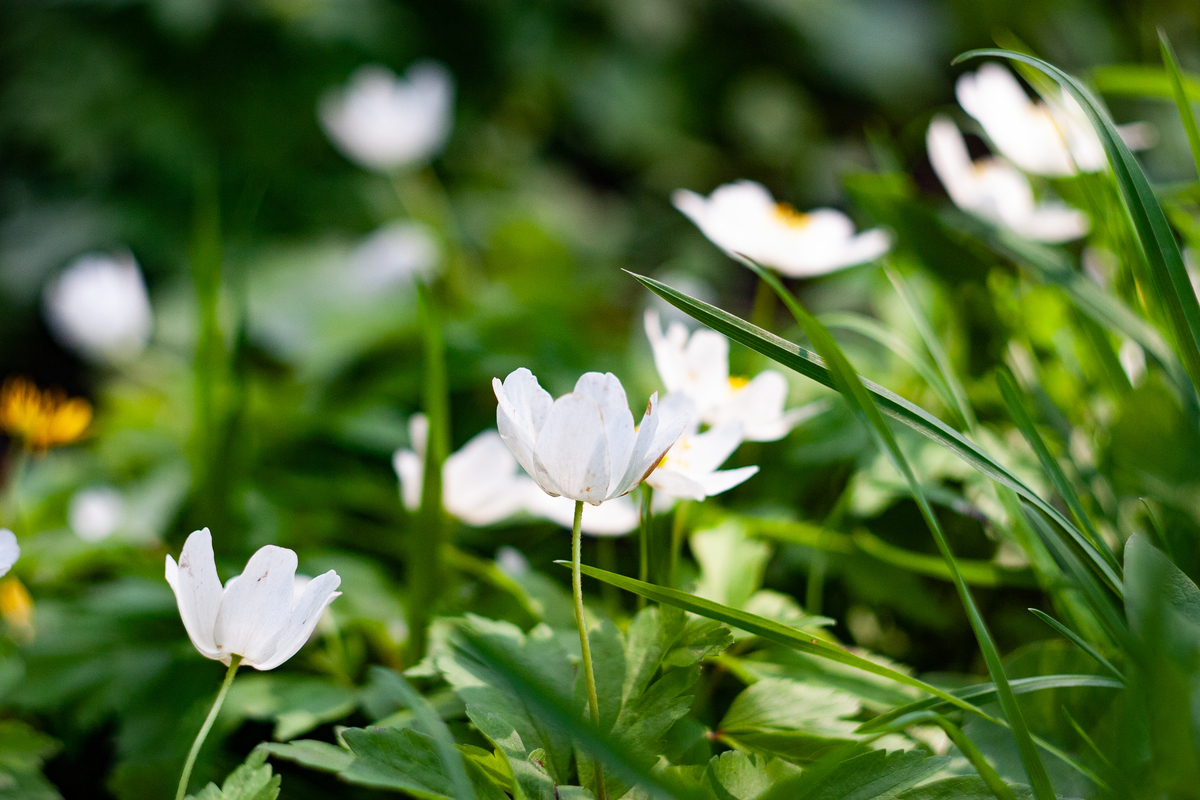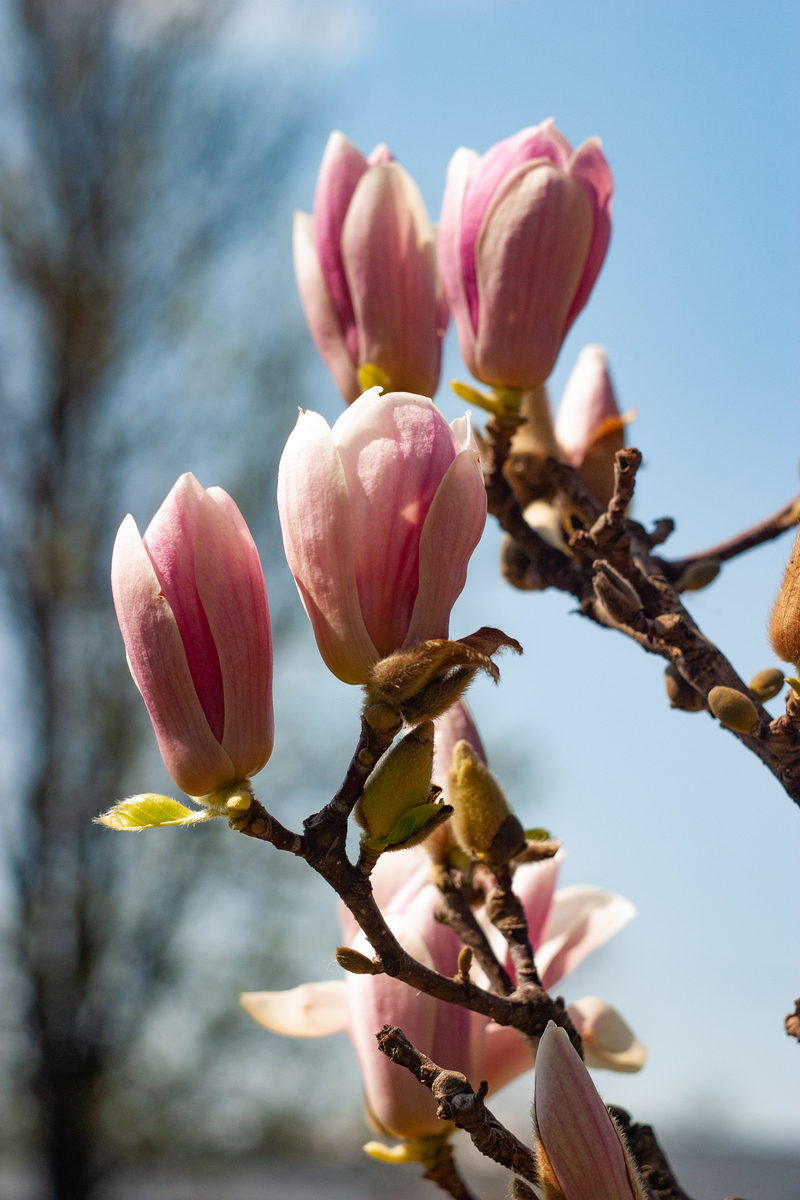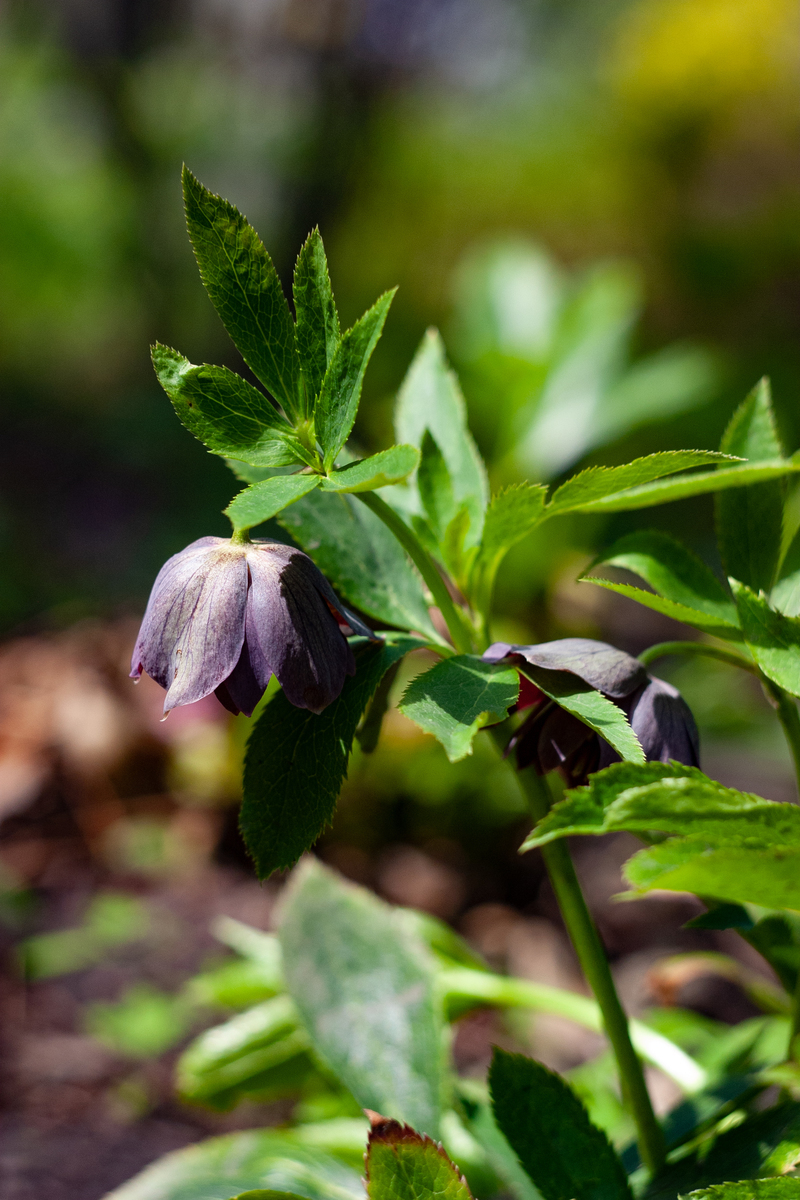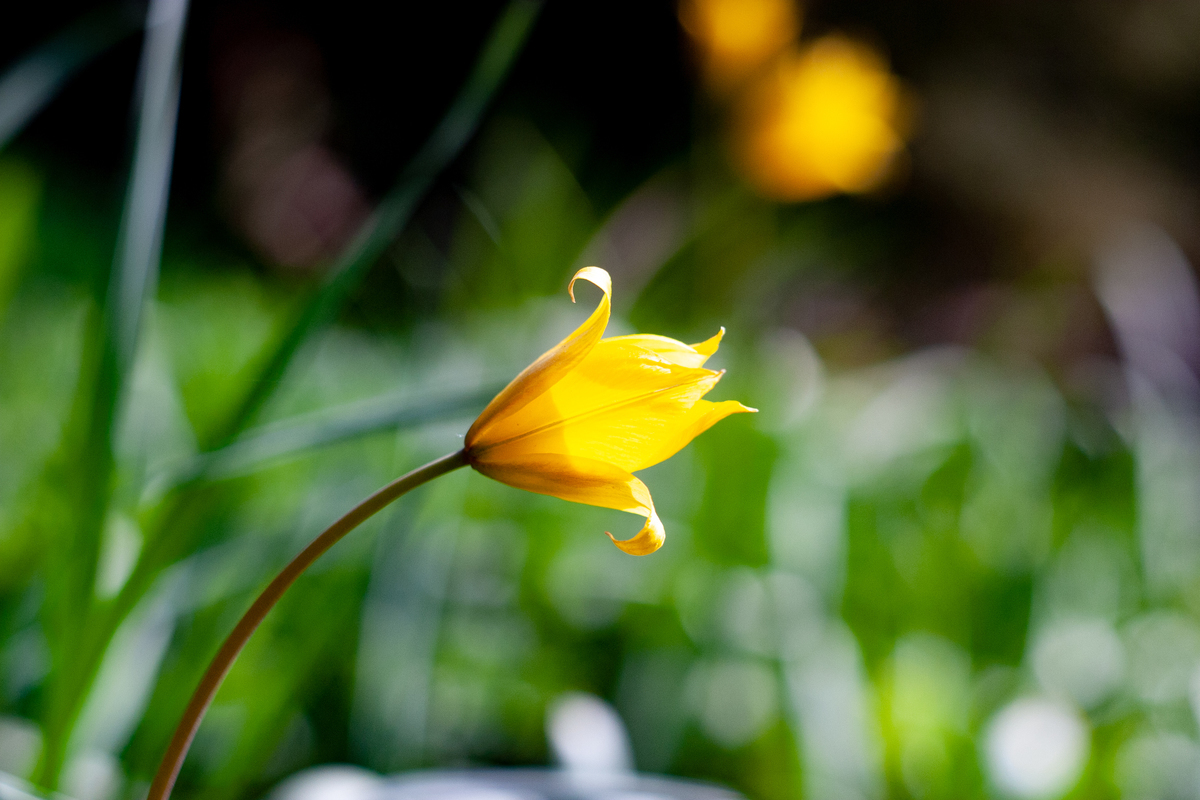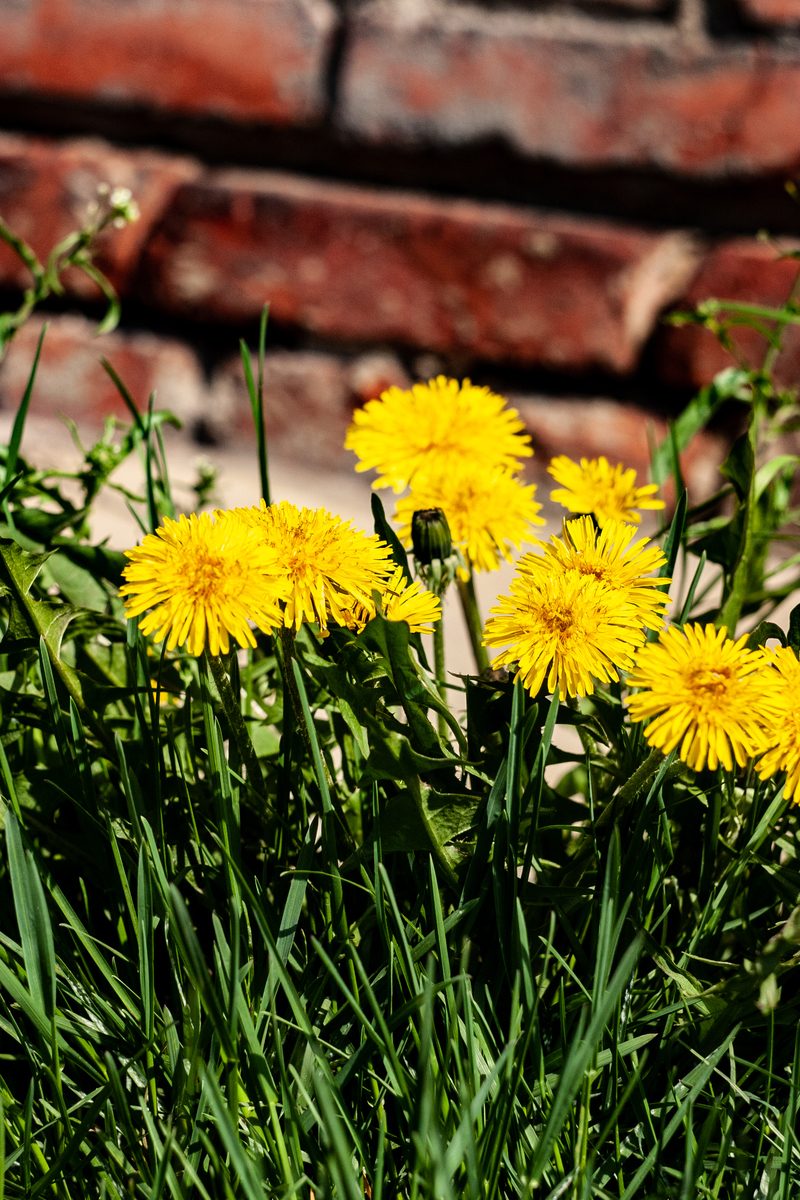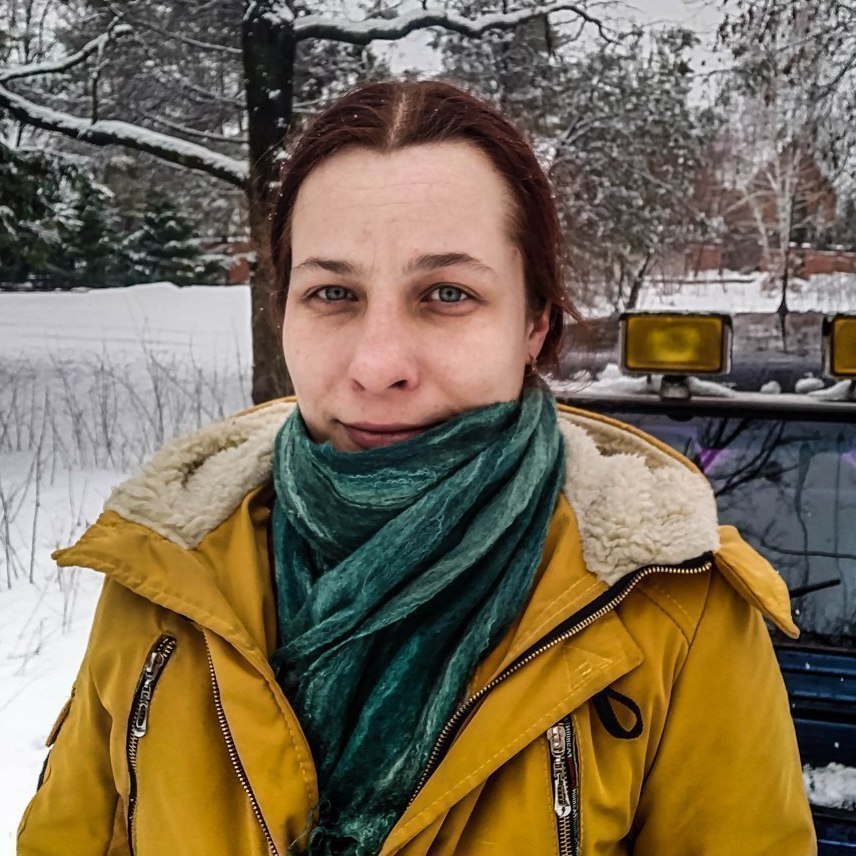Ботанічний сад Харківського національного університету імені В.Н. Каразіна
Type: Natural object Kind: Botanical Garden
Country: Ukraine Region: Kharkiv region Locality: Kharkiv
Availability: State, Available for visits, Good road
Виник сад на початку XIX століття з ініціативи та за активної участі засновника Харківського Університету В.Н. Каразіна та піклувальника навчального округу графа С.О. Потоцького. На відведеній державою для університету великій території на північно-західній околиці передбачалося спочатку розмістити всі об’єкти комплексу, але коштів для цього не вистачило, і для основних корпусів пристосували наявні будівлі в центрі міста. Університетський сад був закладений в двох місцях. На місці колишньої діброви, де знаходився закладений ще в XVIII столітті сад князя Кантемира. І на місці приватних садибних ділянок, подарованих навчальному закладу у 1803-1804 рр.. Планування саду розробив архітектор Е.А. Васильєв. Роботами керував професором Ф.А. Делявін за участю виписаного з-за кордону садівника Цейтлера. Університетський сад розмістили на двох терасах.
Верхня тераса розташувалася зі східної сторони уздовж Сумської вулиці. На ній розбили ландшафтний («англійський») парк площею близько 20 га, призначений для прогулянок і відпочинку. На нижній терасі – ботанічний сад (площею близько 8 га) для наукових і навчальних цілей. Вхід влаштували з Сумської вулиці, зв’язавши тераси головною алеєю, біля якої розмістили павільйон кафе-ресторану і встановили лави.
У парковій частині висадили на вільних від старих дерев майданчиках понад десяти тисяч дерев і чагарників місцевих лісових і близько двох тисяч дальньопривізних, у тому числі рідкісних, порід.
Рослини для ботанічного саду замовляли, привозили і обмінювали по всій імперії. Наприклад, від директора Горенського ботанічного саду Фішера, садівників Дерптського університету і Кременецької гімназії.
Завдяки захопленості графа С.О. Потоцького, ботанічний сад швидко розвивався, будувалися нові будівлі, оранжереї. На жаль, у 1811 році граф С.О. Потоцький виїхав на багато років у відпустку і ботанічний сад втратив підтримку. Правління університету увійшло до Ради з пропозицією про зменшення надмірних витрат на ботанічний сад.
За період з 1826 по 1837 рік були проведені деякі поліпшення в господарській частині. У 1833 році при ботанічному саді була відкрита школа садівництва.
Поступово на території Університетського саду і поруч утворилися нові об’єкти, розвиток яких став автономним. Так, у 1839 році з південно-східного боку влаштувався Інститут шляхетних дівчат, якому надали будівлю, що будувалася раніше для Кадетського корпусу.
Після 1919 року в цьому корпусі містився Інститут народного господарства, а в роки Другої світової війни будівля була зруйнована і її руїни знесли, розширивши сад.
У північно-східному кутку саду в 1854 р розмістили Ветеринарне училище, перетворене потім в Ветеринарний інститут, для якого у 1873 році побудували за проектом архітектора М.П. Львова головний корпус. У 1860-х роках сад огородили з боку Сумської вулиці високою огорожею з металевими гратами. У 1880 р в саду розмістили університетську обсерваторію, обладнану під керівництвом професора Г.В. Левицького за участю оптика і механіка А.Н. Едельберга. У 1892 р при обсерваторії організували метеорологічну станцію.
В обсерваторії, що діє і нині, успішно працювали відомі вчені-астрономи Л.О. Струве, Н.П. Барабашов та ін.
У 1851 році ботанічному саду були пожертвувані князем В.Ю. Мещерським «багаті зібрання оранжерейних рослин, з яких багато відрізнялися своєю величиною і становили кращу прикраса оранжерей». Ботанічний сад в той час нараховував 8 відділень: загальноботанічне, медичне, технічне і сільськогосподарське, «ніжних дерев і чагарників», розплідник деревних порід, розплідник чагарникових порід, виноградник (де росло до 1000 кущів винограду), квітковий відділ.
За цим періодом розквіту, в житті саду спостерігається поступовий занепад, який багато в чому був обумовлений з’явившимся інтересом найавторитетніших представників ботанічної науки, як у нас, так і в Західній Європі до вивчення нижчих і вищих спорових рослин.
В кінці 80-х років XIX століття в розвитку ботанічного саду знову спостерігаються зміни на краще. У 1894 році, завдяки клопотанням директора саду професора Л.В. Рейнгарда (1886-1903), на території ботанічного саду споруджено будинок Ботанічного Інституту за проектом архітектора В.В. Величко, перебудовані оранжереї, встановлена нова огорожа. У 1903 році сад очолив професор В.М. Арнольді.
У 1895 р на північно-західній стороні саду розмістився зоопарк. Передувало цьому створення у 1890 р. Комітету по влаштуванню акваріума.
У 1896 році була створена Бджільницька станція.
У 1900 р пройшла виставка садівництва і рослинництва, на якій демонстрували привезених з Асканії Нови ссавців і птахів. Перетворення зоосаду в зоопарк сталося в 1920-х роках під керівництвом професора Н.П. Евальда. У 1983 році Харківський зоопарк оголошений заповідним.
У 1906 році біля входу в сад відкрили пам’ятник В.Н. Каразіну. Автори проекту скульптор Андреолетті (І.І. Пагірева) і академік архітектури А.Н. Бекетов. Цей пам’ятник в 1933 році перевезли на Університетську вулицю, а в 1958-му – повернули в сад, але на нове місце, де він тепер знаходиться.
У період з 1903 року і до 1917 року, в ботанічному саду «реорганізуються ділянки культур на відкритому повітрі» для демонстрації природних рослинних угруповань, які ознайомлюють відвідувачів з життям рослинних комплексів. Для демонстрації таких груп були організовані ділянки степової, піщаної, крейдяної та водно-болотної рослинності. Поряд з цим були закладені ділянки медичних і технічних рослин, а також «ділянки для демонстрації біологічних і еволюційних процесів». Для демонстрації вищих водних рослин була побудована оранжерея для Victoria regia.
Після Жовтневої революції був відчужений університетський сад (нині міський сад ім. Т.Г. Шевченка), зруйнована теплиця для Victoria regia та огорожа навколо ботанічного саду, загинуло багато цінних дерев і чагарників, знищена рослинність крейдяних і гранітних оголень, ділянки степу і пісків. У 20-і роки XX століття площа саду значно зменшилася, він кілька разів змінював відомче підпорядкування, переніс глибокі потрясіння другої світової війни, голоду і матеріальної скрути, і ледь не припинив своє існування
У 1930 році був організований Науково-дослідний інститут ботаніки, до якого і був приєднаний Харківський ботанічний сад. У 1940 р ботанічний сад був відділений від Інституту ботаніки в якості самостійної структурної одиниці в системі університету.
Наприкінці 50-х років ботанічному саду виділяють додаткову територію, площею близько 75 га, на тодішній околиці міста в балці Саржин яр (нині вул. Отакара Яроша, 24). Територія саду по вул. Клочківській, 52, площею 5,5 га, в 1960 р отримує статус заповідної.
За матеріалами Олександра Лейбфрейд Олександр Юрійович “Слобода” – 1996. – 14 серпня і нинішнього директора ботанічного саду Олександра Олексійовича Альохіна.
Трохи фото з весни 2018 року:














